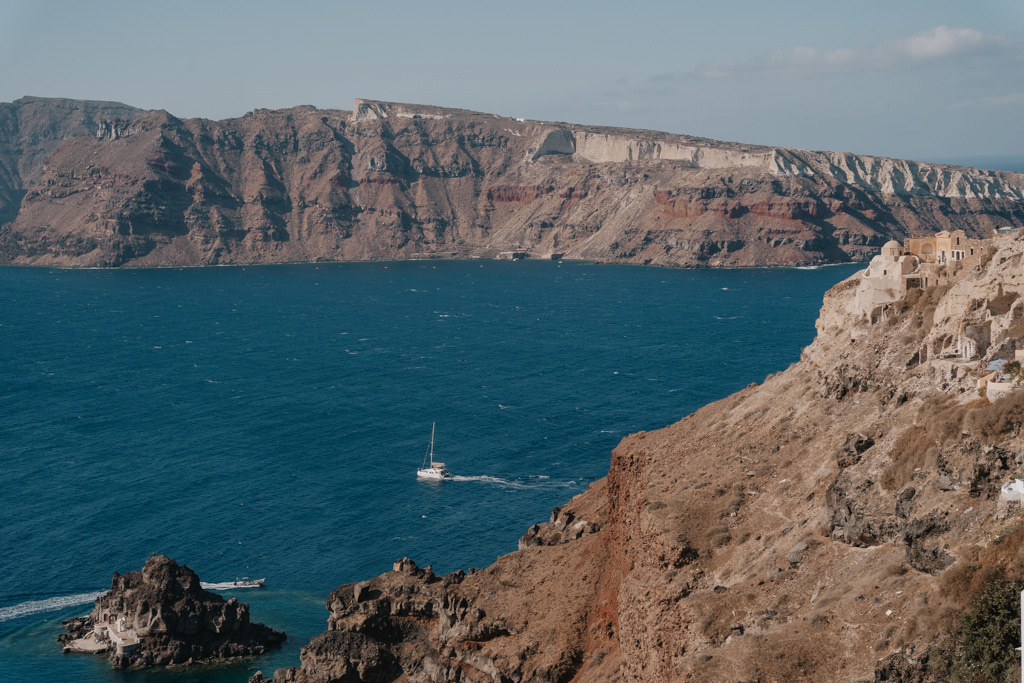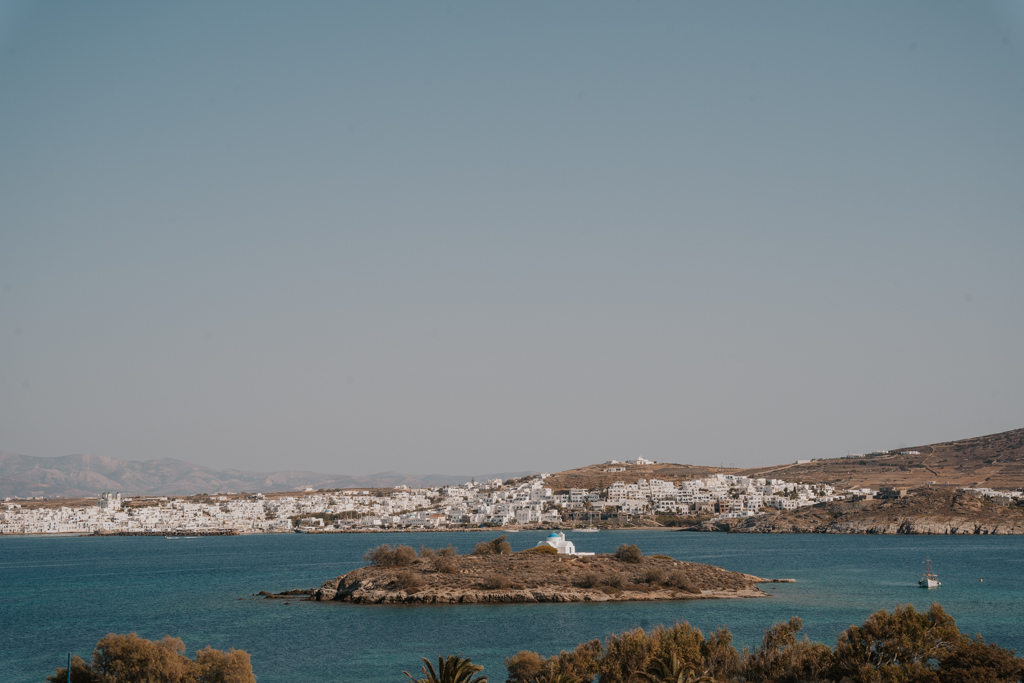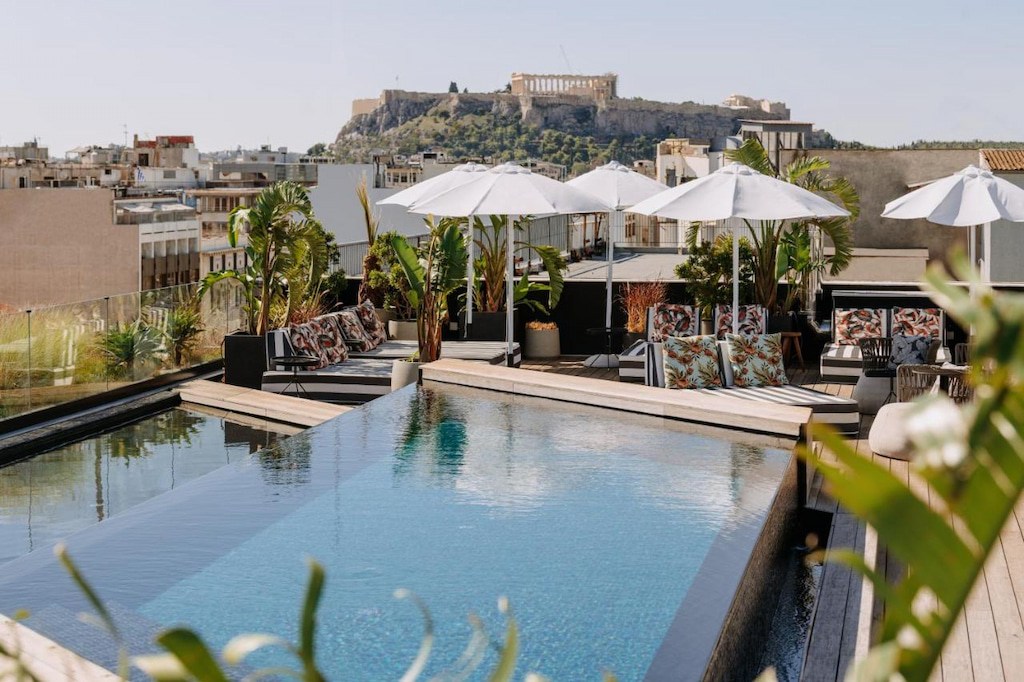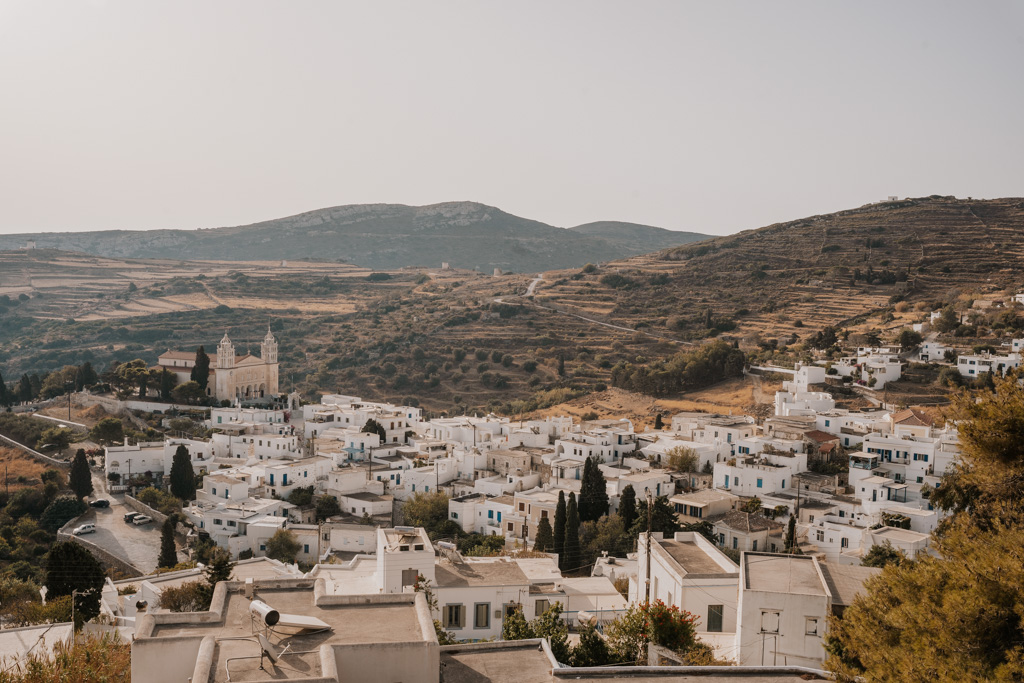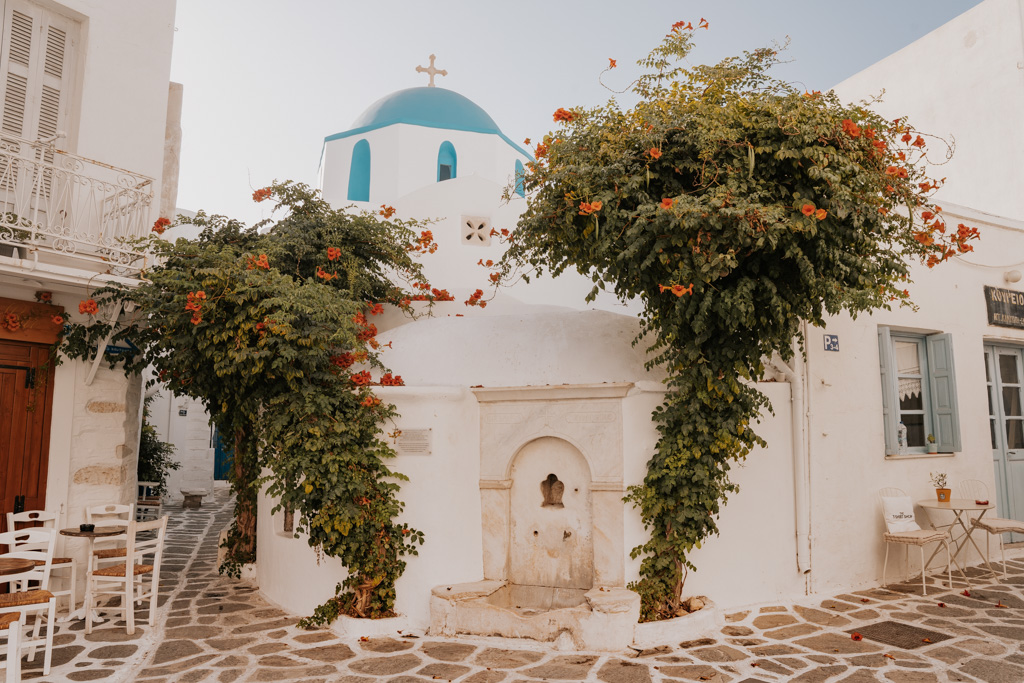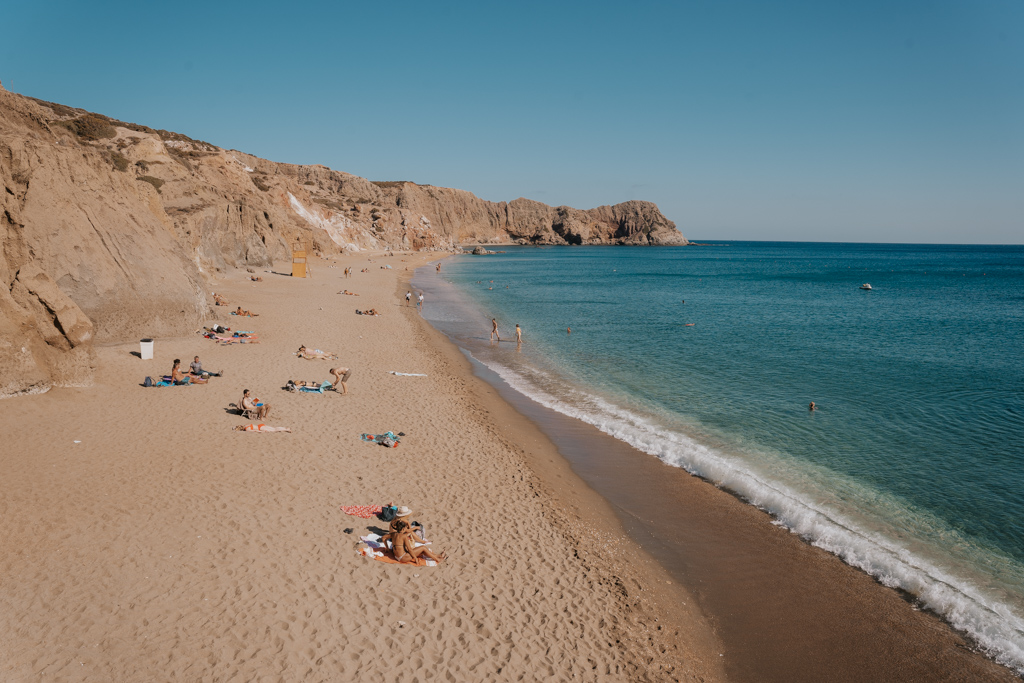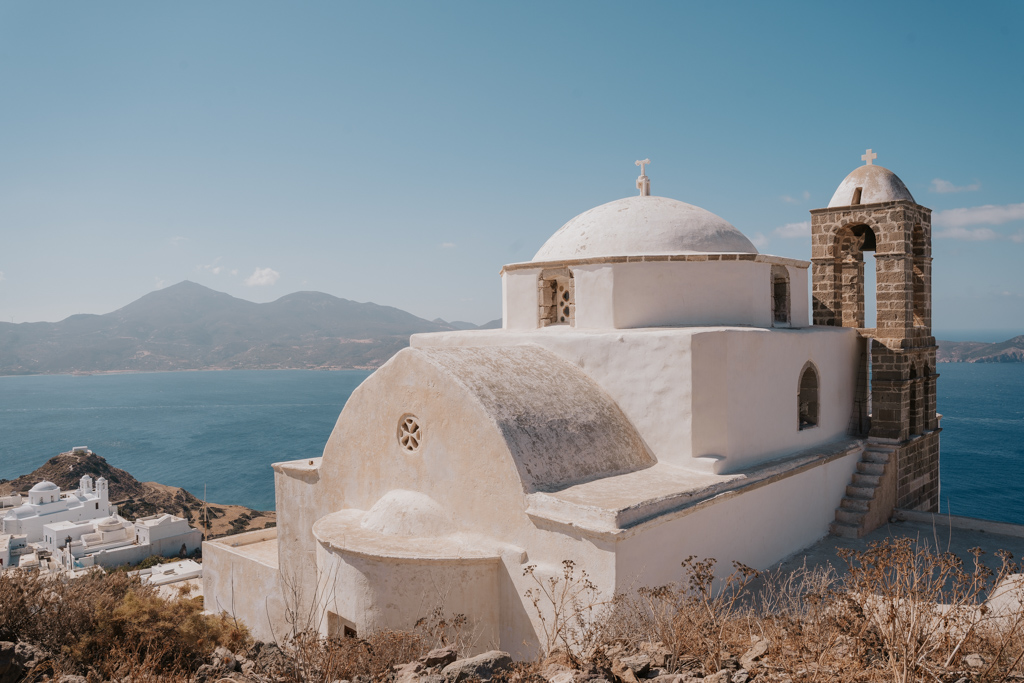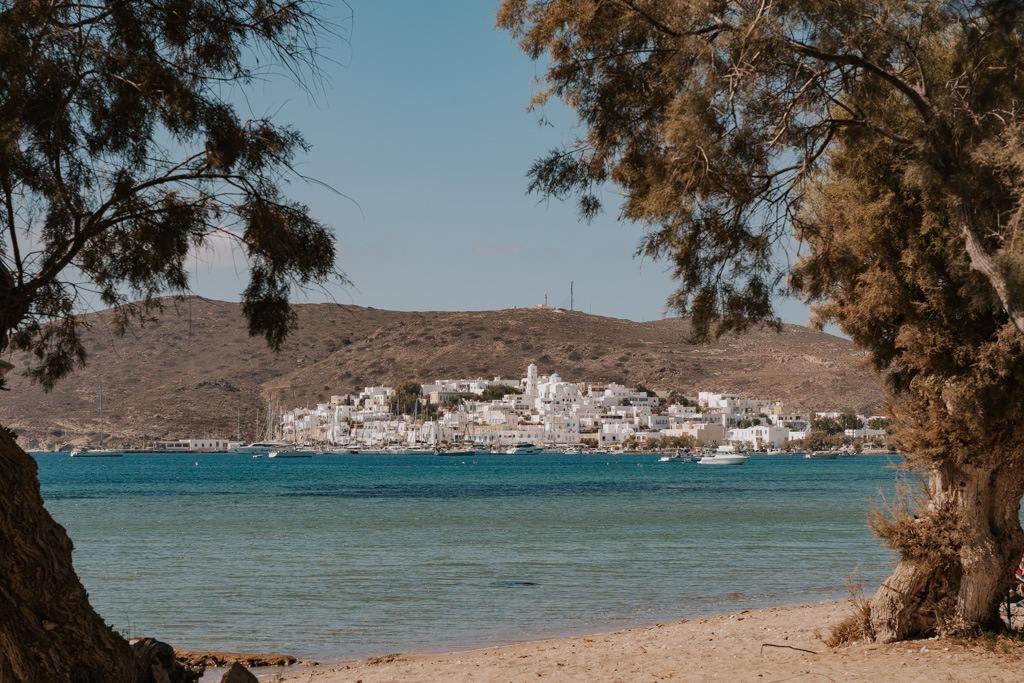
Greece
“Greece is a dream destination…”
Greece is a dream summer destination and not surprisingly, a top destination in the world. From the historically rich Athens, the picturesque Santorini caldera, Mykonos windmills, the Naxos pristine golden beaches, the Milos lunar landscapes, and the charming seaside villages of Paros, Greece should be on your bucket list (if it isn’t already).
A Cyclades Island adventure is a must. Highlights like the ashy white Sarakiniko Beach, the lively pirate port of Naoussa, Klima with its colourful boathouses, the quintessentially Greek village of Lefkes, and the home to Apollo’s Temple, Naxos Chora, are among the top attractions.
Pop onto Ferry Hopper to plan and book your Cycladic ferries (I used this exclusively for my 6 weeks in the Cyclades). And, make sure to reserve your rental car on each island, because that’s the absolute best way to explore.
Greece Itinerary
Greece Travel Essentials
BEST TRAVEL INSURANCE
Check Prices of HeyMondo Insurance
GREECE FERRY TICKETS
Check Ferry Prices on FerryHopper
GREECE CAR RENTAL
Check Prices of Greece Rental Cars
*Best way to explore Cycladic Islands
CHEAP FLIGHTS TO GREECE
Check Flight Prices on Skyscanner











